Unveiling Iran’s Tile Export Dominance
Iran has solidified its position as a powerhouse in the global ceramic tile industry, leveraging its rich natural resources, skilled craftsmanship, and advanced manufacturing technologies. As one of the top five tile exporters worldwide, Iran’s ceramic and porcelain tiles are renowned for their quality, affordability, and aesthetic appeal. But where are these tiles heading, and which countries are driving demand? This comprehensive market analysis dives into Iran’s tile export landscape, exploring the leading destination countries, market trends, challenges, and opportunities for 2025 and beyond. Whether you’re an importer, a business owner, or simply curious about global trade dynamics, this article provides actionable insights into Iran’s thriving tile export market.
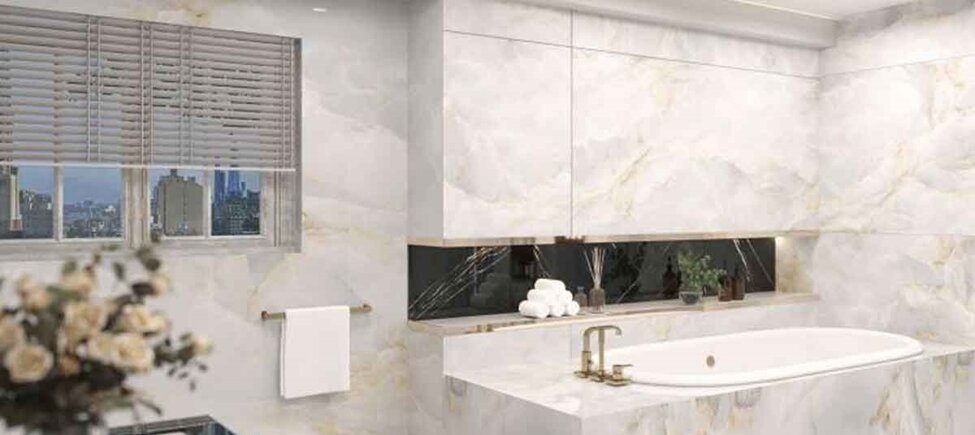
The Global Appeal of Iranian Ceramic Tiles
Why Iranian Tiles Stand Out
Iran’s ceramic tile industry is deeply rooted in a centuries-old tradition of artistry combined with modern production capabilities. The country produces approximately 720 million square meters of tiles annually, with 40% destined for export markets. Iranian tiles are celebrated for their durability, intricate designs, and competitive pricing, making them a preferred choice for residential and commercial construction projects worldwide.
– Abundant Raw Materials: Iran’s vast reserves of high-quality clay and minerals provide a cost-effective foundation for tile production.
– Advanced Manufacturing: Investments in state-of-the-art technologies, such as digital printing and high-pressure presses, ensure precision and quality
– Cultural Heritage: Persian tile designs, known for their intricate patterns and vibrant colors, add a unique aesthetic value that appeals to global buyers
– Competitive Pricing*: Lower production and labor costs allow Iranian tiles to be priced competitively compared to European counterparts like Italy and Spain
These strengths have positioned Iran as a key player in the global ceramic tile market, with exports reaching 52 countries despite economic sanctions
Iran’s Position in the Global Tile Market
In 2024, the Middle Eastern ceramic tile market was valued at $7.1 billion, with Iran, Turkey, and Saudi Arabia accounting for 88% of regional production. Iran ranks among the top five global tile exporters, competing with giants like China, India, Italy, and Spain. The country’s export value for tiles and ceramics reached $223 million in 2021, a significant increase from $15 million in 2003, showcasing a remarkable growth trajectory. This success is driven by Iran’s ability to cater to diverse markets, particularly in Asia and the Middle East, where construction activity is booming.
Leading Countries for Iran’s Tile Exports
Iran’s tile exports are heavily concentrated in neighboring countries, with Iraq dominating as the primary destination. However, Iran is actively diversifying its export markets to reduce dependency and tap into new opportunities. Below, we analyze the top countries importing Iranian tiles, based on available data and market trends.
Iraq: The Dominant Importer
Iraq accounts for approximately 73% of Iran’s tile and ceramic exports, making it the cornerstone of Iran’s export strategy. Several factors contribute to Iraq’s position as the leading importer:
– Geographic Proximity: Sharing a border with Iran facilitates cost-effective transportation and logistics, reducing shipping costs and delivery times.
– Construction Boom: Iraq’s post-conflict reconstruction efforts have spurred significant demand for affordable, high-quality building materials like ceramic tiles.
– Cultural Affinity: Similar aesthetic preferences for intricate tile designs align with Iran’s traditional and modern offerings.
In 2022, Iraq imported a substantial volume of Iranian tiles, primarily for residential and commercial construction projects. However, this heavy reliance on Iraq poses both an opportunity and a challenge. While it ensures a stable market, over-dependence could expose Iran to risks if Iraq’s demand fluctuates.
Other Key Markets: Azerbaijan, Georgia, and Turkey
Beyond Iraq, Iran exports tiles to several other countries, with Azerbaijan, Georgia, and Turkey emerging as significant markets. These countries collectively account for 51% of Iran’s export value, driven by:
– Azerbaijan: With a growing construction sector, Azerbaijan imports Iranian tiles for their affordability and quality. The country’s strategic location along trade routes further supports this partnership.
– Georgia: Georgia’s demand for Iranian tiles has grown steadily, particularly for residential projects, with a focus on durable and aesthetically pleasing designs.
– Turkey: Despite being a major tile producer itself, Turkey imports Iranian tiles to meet domestic demand, benefiting from competitive pricing and proximity.
From 2012 to 2022, Turkey recorded the highest growth rate in import value among these countries, highlighting its increasing importance as a market for Iranian tiles.
Emerging Markets: Central Asia and Beyond
Iran’s tile exports also reach Central Asian countries like Turkmenistan, Uzbekistan, Tajikistan, and Armenia, as well as the United Arab Emirates (UAE) and Pakistan. These markets are driven by:
– Central Asia: Countries like Uzbekistan and Turkmenistan benefit from Iran’s geographic proximity and shared trade networks, such as the Belt and Road Initiative. These nations import Iranian tiles for infrastructure and housing projects.
– UAE: The UAE’s booming real estate sector creates demand for high-quality, cost-effective tiles, with Iranian products gaining traction due to their aesthetic appeal and competitive pricing.
– Pakistan: As a neighboring country with a growing population and construction activity, Pakistan is a natural market for Iranian tiles, particularly for residential applications.
Iran is also exploring opportunities in African markets, such as South Africa, Nigeria, and Kenya, to diversify its export portfolio. These emerging markets present significant growth potential, especially as Iran seeks to counter the impact of international sanctions.
—
Market Analysis: Trends and Opportunities
Growth Drivers in Iran’s Tile Export Industry
Several factors are propelling the growth of Iran’s tile exports, making it a dynamic sector with significant potential:
۱. Rising Global Demand for Ceramic Tiles
The global ceramic tile market is projected to reach $320.5 billion by 2027, growing at a CAGR of 7.1%. This growth is driven by increasing construction activities in Asia, the Middle East, and Africa, where Iranian tiles are well-positioned due to their affordability and quality. Urbanization, population growth, and infrastructure development in these regions create a robust demand for building materials.
۲. Technological Advancements
Iran’s tile industry has embraced cutting-edge technologies, such as digital printing and high-pressure presses, to enhance product quality and production efficiency. Collaborations with global technology providers, like the Durst and Altadia Group partnership in 2023, have introduced innovations like digital glazing and printing, positioning Iranian tiles as competitive alternatives to European products.
۳. Competitive Pricing
Iranian tiles are often priced lower than those from Italy or Spain, offering buyers a cost-effective option without compromising quality. In 2022, the average export price for Iranian tiles was competitive, aligning with the Middle Eastern average of $5.2 per square meter. This pricing advantage is a key driver for export growth.
۴. Strategic Geographic Location
Iran’s location at the crossroads of Asia, Europe, and the Middle East provides logistical advantages for exporting to neighboring countries and beyond. Access to land, air, and sea routes facilitates efficient delivery to markets like Iraq, Turkey, and the UAE.
Challenges Facing Iran’s Tile Exports
Despite its strengths, Iran’s tile export industry faces several challenges that could hinder its growth:
۱. International Sanctions
Economic sanctions have restricted Iran’s access to certain global markets, particularly in Europe and North America. These sanctions increase production costs, complicate international transactions, and limit market penetration, forcing Iran to focus on neighboring countries.
۲. Over-Reliance on Iraq
With 73% of exports going to Iraq, Iran’s tile industry is vulnerable to fluctuations in Iraq’s demand or economic conditions. Diversifying export destinations is critical to mitigating this risk.
۳. Competition from Global Leaders
Iran faces stiff competition from top tile exporters like China, India, Italy, and Spain, which dominate global markets with their scale, branding, and innovation. Overcoming weak branding and limited market penetration in non-neighboring countries remains a challenge.
۴. Domestic Market Challenges
The recession in Iran’s construction sector has led to excess inventory, prompting some manufacturers to lower prices, which can compromise quality and industry standards. Balancing domestic and export demands is essential for sustainable growth.
Opportunities for Expansion
To capitalize on its strengths and address challenges, Iran’s tile industry can pursue several strategies:
۱. Diversifying Export Markets
Expanding into African and Latin American markets, such as Brazil and South Africa, offers significant growth potential. Iran’s participation in trade events and online platforms can help connect with international buyers.
۲. Leveraging Trade Agreements
Iran’s strategic position in the Belt and Road Initiative and trade relations with countries like Russia provide opportunities to access new markets. For instance, Russia’s demand for tiles, previously met by European suppliers, presents a gap that Iran can fill due to geopolitical shifts.
۳. Investing in Sustainable Practices
Focusing on eco-friendly production processes can enhance Iran’s appeal in environmentally conscious markets. Innovations in sustainable materials and energy-efficient manufacturing can differentiate Iranian tiles from competitors.
۴. Strengthening Branding
Improving brand visibility through targeted marketing and participation in global trade fairs can help Iran overcome its branding challenges. Highlighting the cultural heritage and quality of Persian tiles can attract premium buyers.
Key Players in Iran’s Tile Industry
Leading Manufacturers
Iran is home to over 150 tile and ceramic factories, with more than 70% of their production geared toward exports. Some of the top manufacturers include:
– RAK Ceramics: A global leader with operations in Iran, investing in advanced technologies and sustainability programs.
– Sina Tile and Ceramic Co.: Known for its diverse range of wall and floor tiles, leveraging digital printing for high-quality designs.
– Naz Ceram Meibod: Produces 18,000 square meters of granite tiles daily, focusing on luxury designs with matte and glossy finishes.
– Saba Tile: One of Iran’s oldest tile manufacturers, with a production capacity of 300 million square meters.
– Sadra Ceram: Produces 5 million square meters annually, meeting international standards with advanced machinery.
These companies drive Iran’s export success by combining traditional craftsmanship with modern technology, ensuring high-quality products for global markets.
Role of Suppliers and Exporters
Companies like Araz Tile and CeramPakhsh play a pivotal role in connecting Iranian manufacturers with international buyers. Araz Tile, with over a decade of experience, offers customized tile solutions and efficient export services, ensuring timely delivery and quality assurance. CeramPakhsh, a leading online market for Iranian tiles, facilitates large-scale exports to 52 countries, emphasizing competitive pricing and reliability.
Strategies for Importers: How to Source Iranian Tiles
Why Import from Iran?
Importers seeking high-quality, cost-effective tiles should consider Iran for several reasons:
– Cost Advantage: Iranian tiles offer premium quality at lower prices compared to European alternatives.
– Diverse Designs: From traditional Persian patterns to modern minimalist styles, Iranian tiles cater to varied aesthetic preferences.
– Reliable Supply Chain: Iran’s established logistics network ensures efficient delivery to neighboring and global markets.
Steps to Import Iranian Tiles
۱. Identify Reliable Suppliers: Partner with trusted exporters like Araz Tile or CeramPakhsh, which offer comprehensive services and quality assurance.
۲.Understand Market Regulations: Navigate international trade restrictions and sanctions by consulting with trade finance experts or organizations like Trade Finance Global.
۳. Request Samples: Evaluate tile quality and designs by requesting samples from manufacturers before placing bulk orders.
۴. Negotiate Terms: Work with suppliers to customize designs, sizes, and delivery schedules to meet project requirements.
۵.Leverage Online Platforms: Use platforms like Volza to access detailed export data, including buyer and supplier information, to make informed decisions.
Overcoming Sanctions and Trade Barriers
While sanctions pose challenges, importers can mitigate risks by:
– Partnering with intermediaries who specialize in navigating trade restrictions.
– Focusing on markets with fewer regulatory barriers, such as neighboring countries or emerging markets in Africa.
– Using trade finance solutions to facilitate secure transactions.

Future Outlook for Iran’s Tile Exports
Projected Market Growth
The global ceramic tile market is expected to grow significantly, with Iran well-positioned to capture a larger share. By 2030, Iran’s ceramic tile market is projected to reach $1.93 billion, driven by a CAGR of 4.97% from 2025. Expanding into new markets and adopting sustainable practices will be key to sustaining this growth.[](https://www.mordorintelligence.com/industry-reports/iran-ceramic-tiles-market)
Emerging Trends
– Digital Transformation: Increased adoption of digital printing and automation will enhance product quality and customization options.
– Sustainability Focus: Eco-friendly tiles and energy-efficient production processes will appeal to environmentally conscious buyers.
– E-Commerce Growth: Online platforms like CeramPakhsh are making it easier for international buyers to source Iranian tiles, streamlining the import process.
Recommendations for Stakeholders
– Manufacturers: Invest in R&D to develop innovative, sustainable products and strengthen global branding.
– Exporters: Expand market reach through strategic partnerships and participation in international trade fairs.
– Importers: Leverage Iran’s competitive pricing and diverse designs to meet growing demand in construction markets.
Conclusion: Iran’s Tile Exports on the Rise
Iran’s tile export industry is a testament to the country’s ability to blend tradition with innovation, delivering high-quality, affordable ceramic tiles to a global audience. With Iraq as the dominant importer and emerging markets in Central Asia, the Middle East, and Africa showing promise, Iran is poised for continued growth in the global tile market. Despite challenges like sanctions and competition, the industry’s strengths—abundant resources, advanced technology, and competitive pricing—position it for success.
For importers, Iran offers a unique opportunity to source premium tiles at competitive prices, supported by reliable suppliers like Araz Tile and CeramPakhsh. By diversifying export destinations, embracing sustainable practices, and leveraging technological advancements, Iran’s tile industry can further solidify its position as a global leader. As the world’s construction sector continues to grow, Iran’s ceramic tiles will remain a sought-after choice, blending aesthetic appeal with practical value.
For those looking to explore Iran’s tile market, now is the time to act. Connect with trusted suppliers, navigate trade regulations, and capitalize on the growing demand for Iranian tiles to elevate your projects and business in 2025 and beyond.

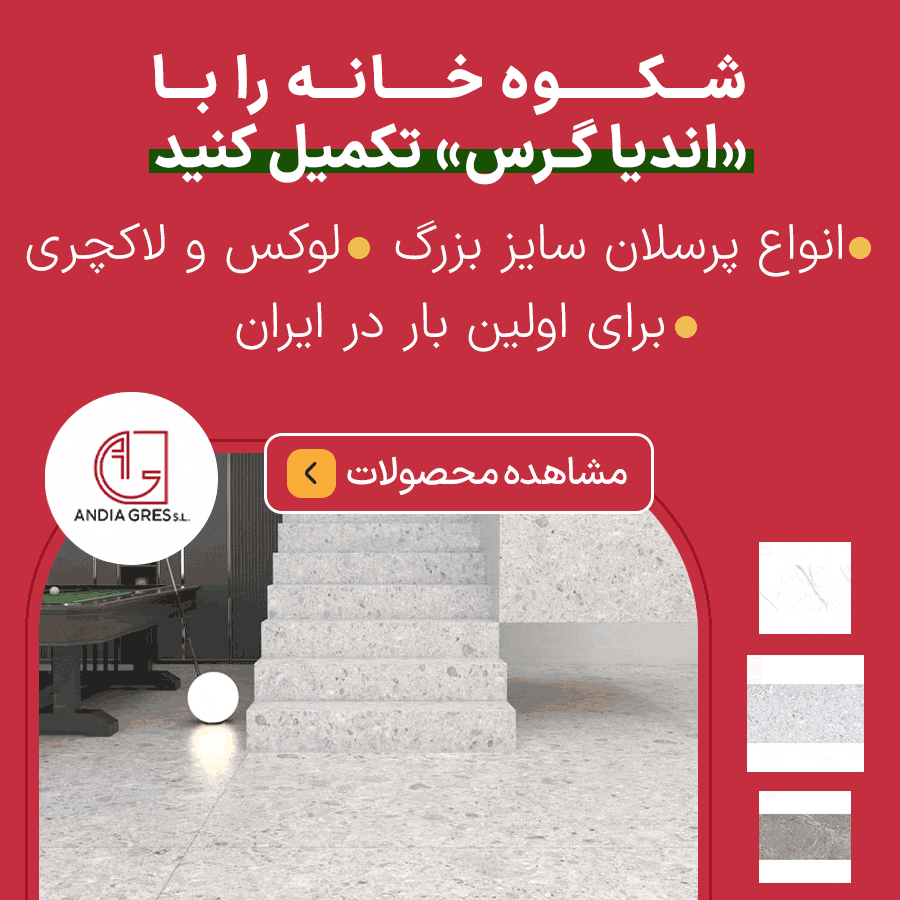

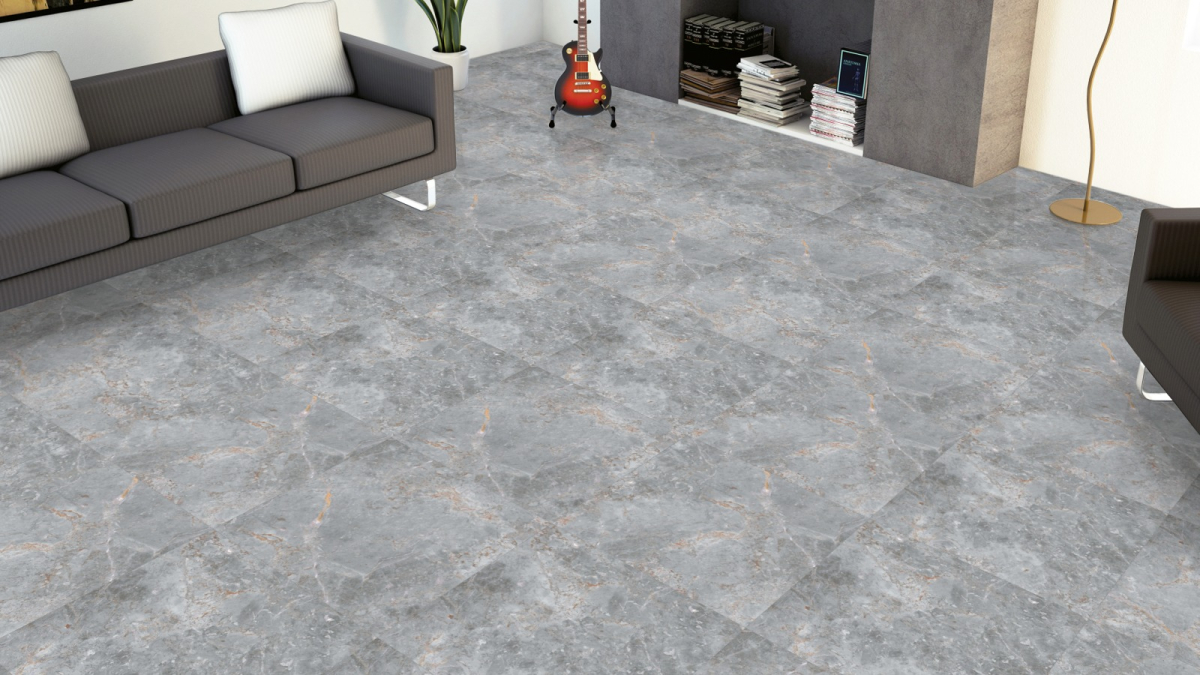
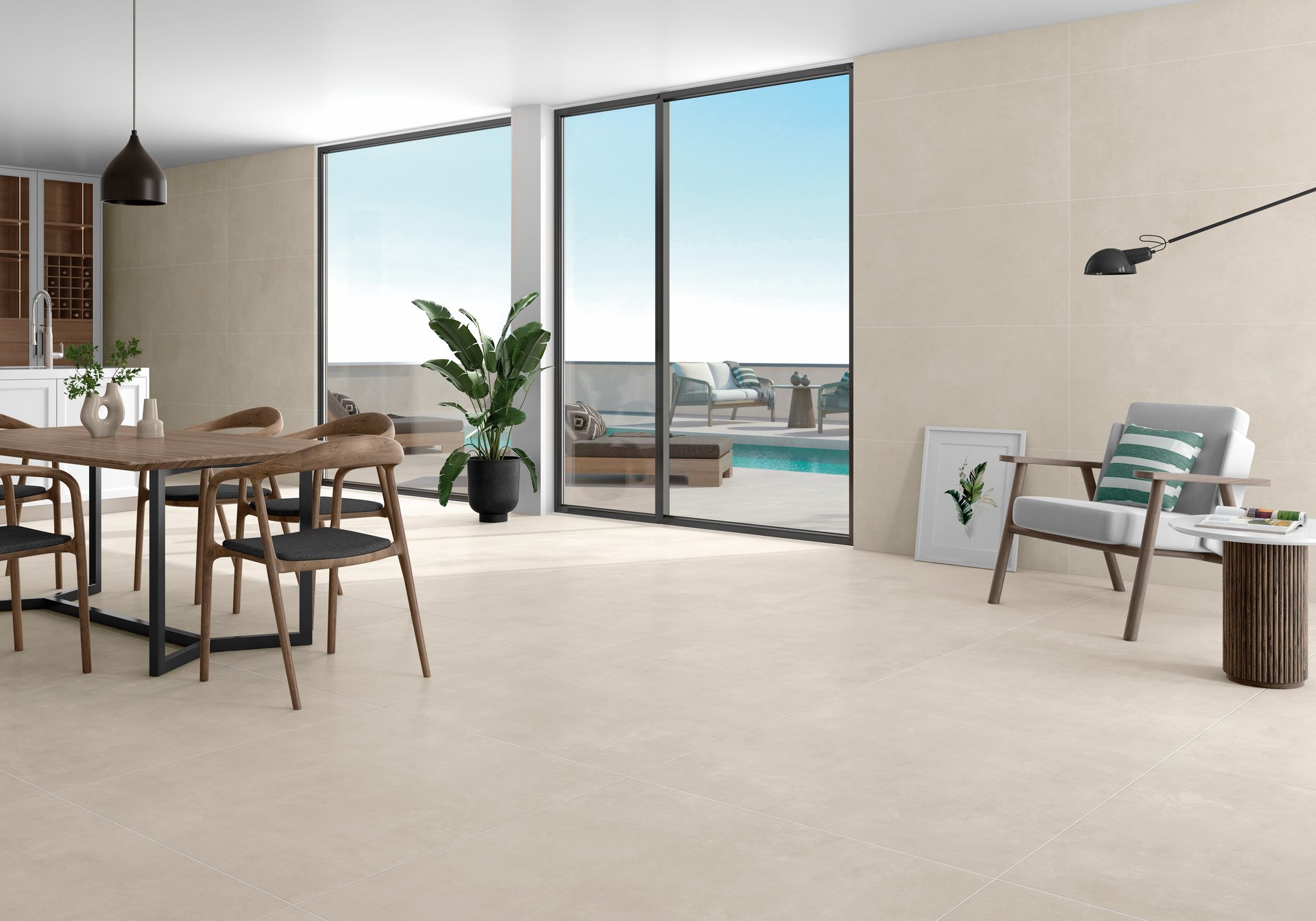

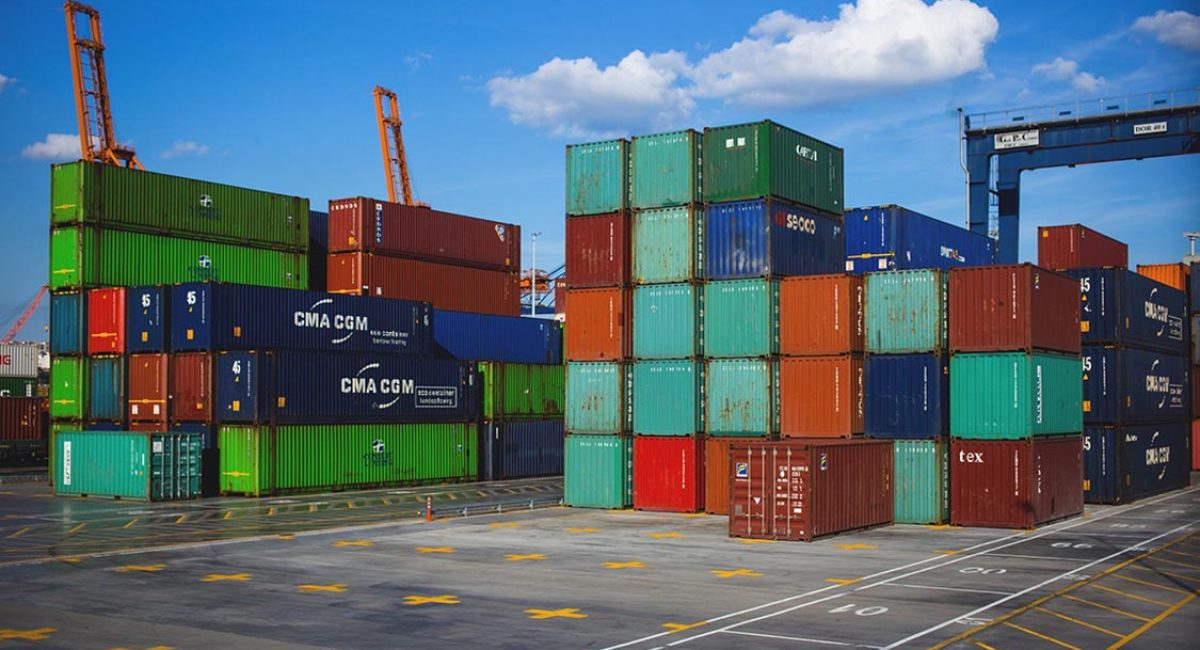
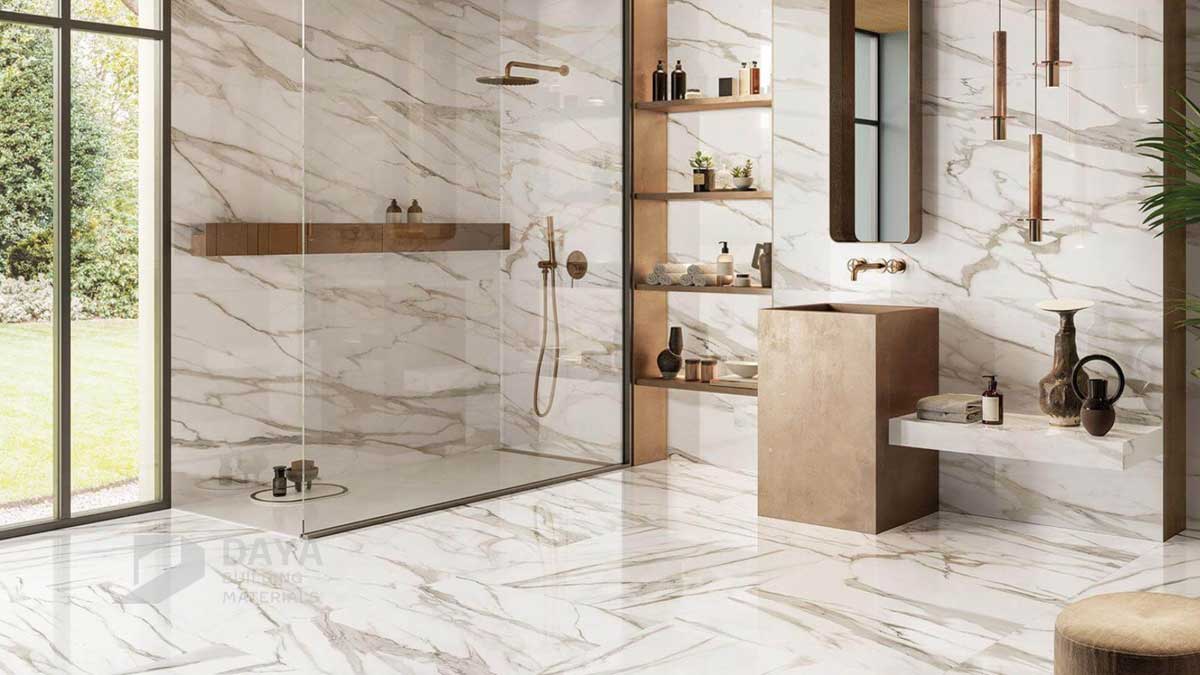
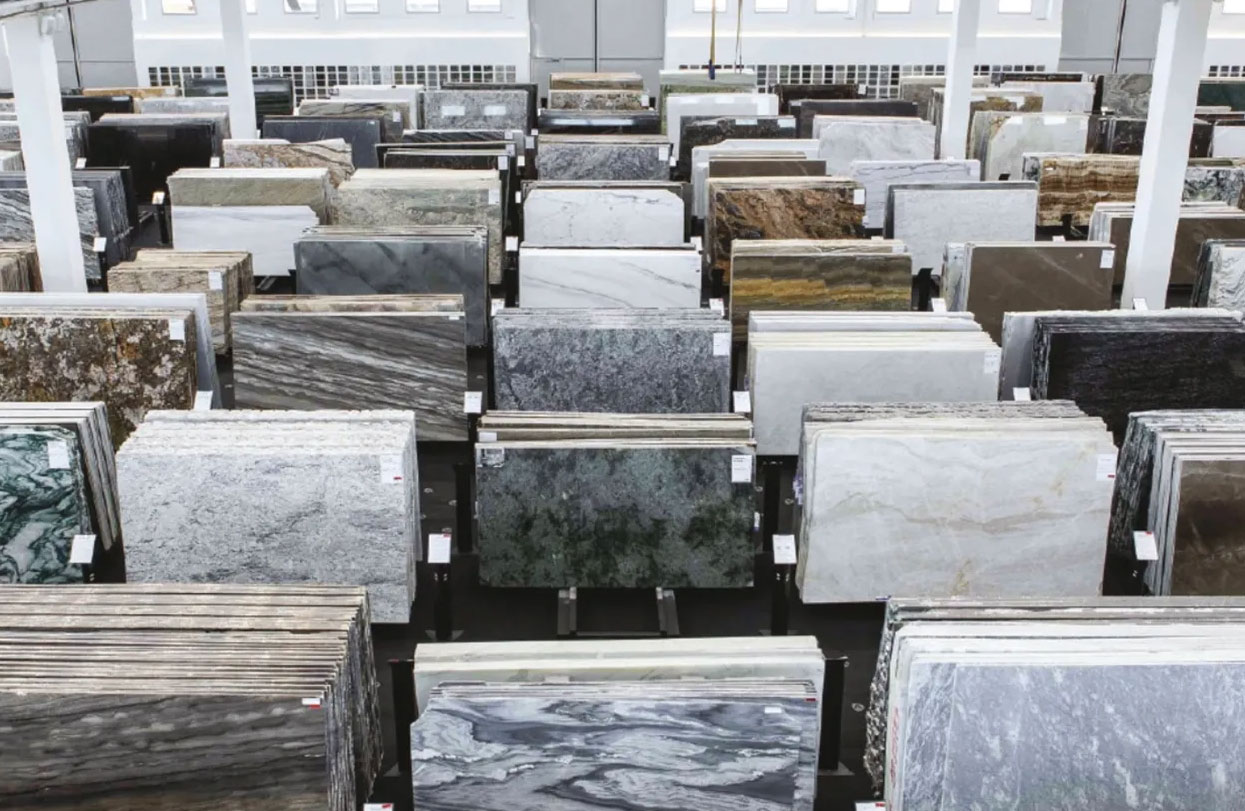
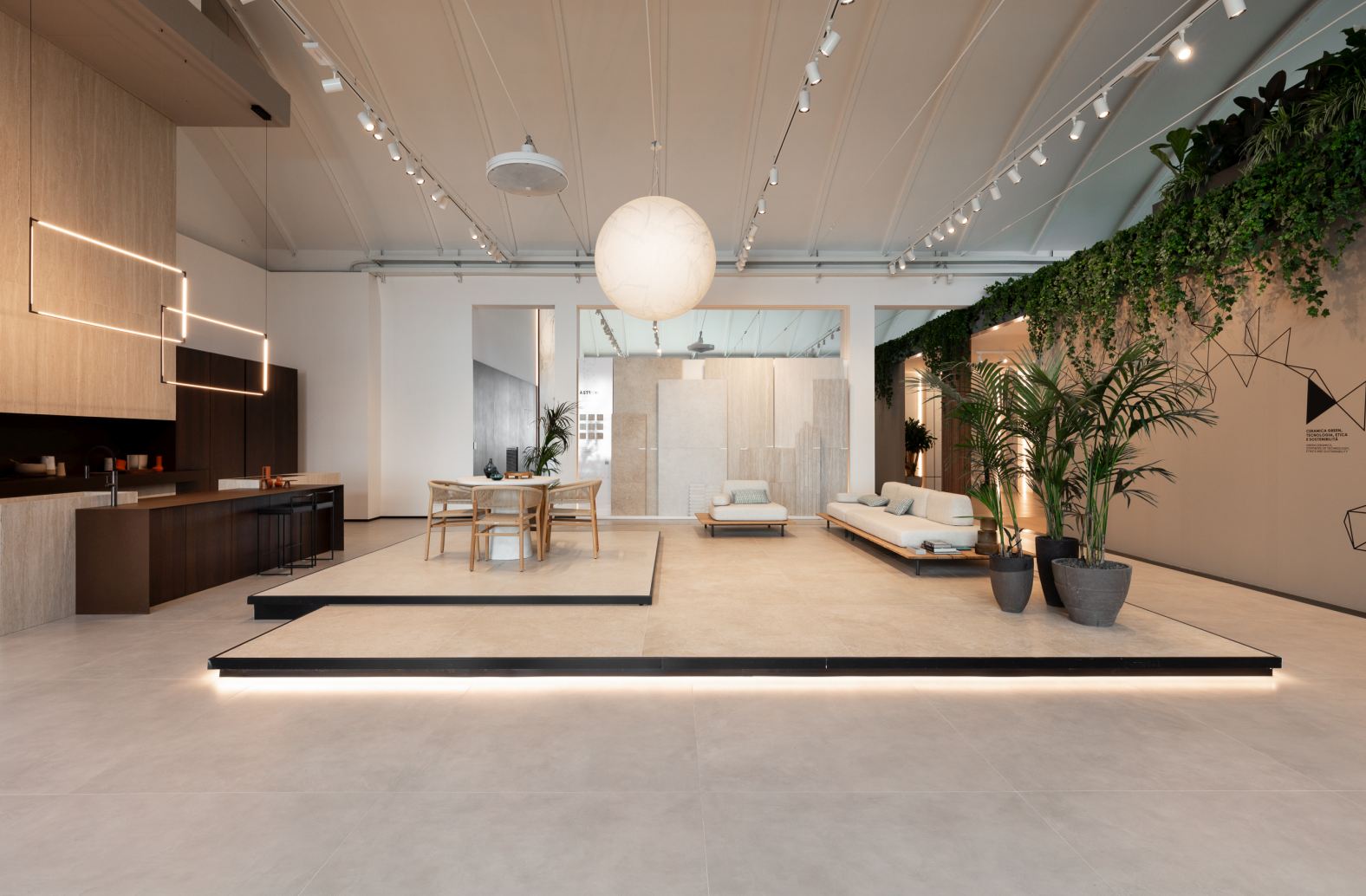

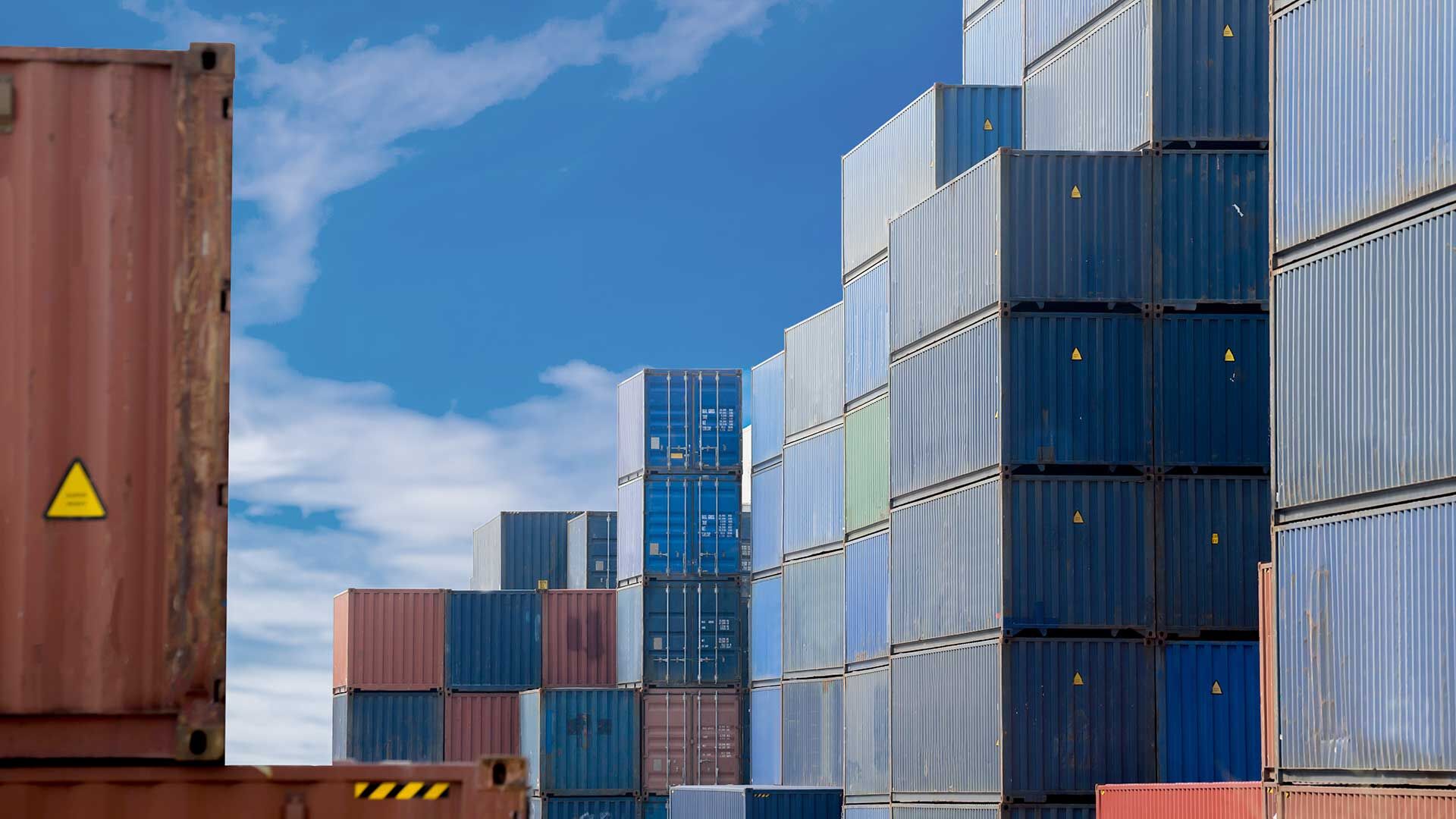


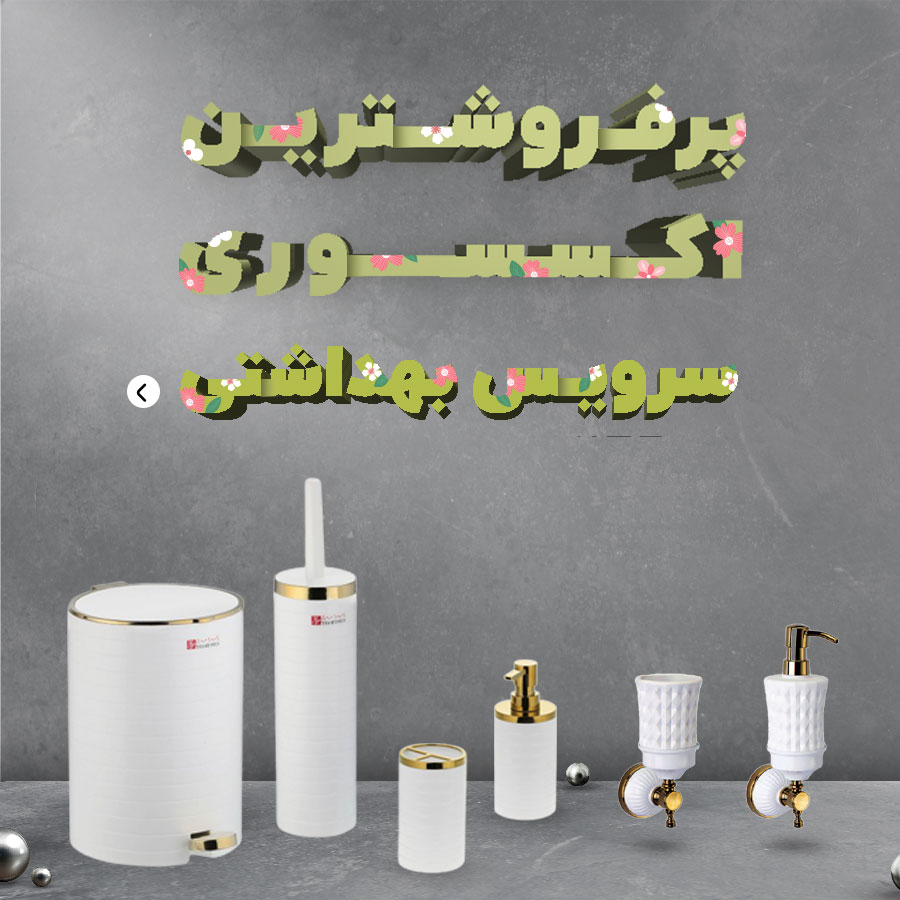

نظرات ۰